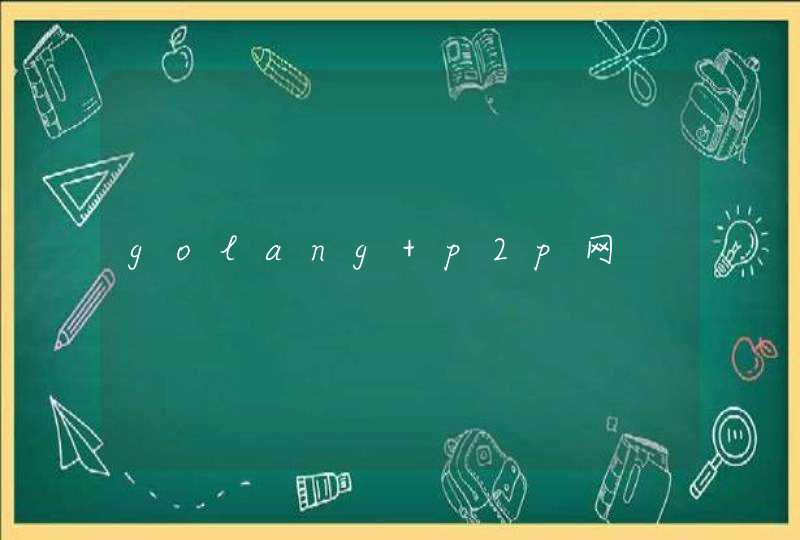
import colorsys
def get_dominant_color(image):
#颜色模式转换,以便输出rgb颜色值
image = image.convert('RGBA')
#生成缩略图,减少计算量,减小cpu压力
image.thumbnail((200, 200))
max_score = None
dominant_color = None
for count, (r, g, b, a) in image.getcolors(image.size[0] * image.size[1]):
# 跳过纯黑色
if a == 0:
continue
saturation = colorsys.rgb_to_hsv(r / 255.0, g / 255.0, b / 255.0)[1]
y = min(abs(r * 2104 + g * 4130 + b * 802 + 4096 + 131072) >> 13, 235)
y = (y - 16.0) / (235 - 16)
# 忽略高亮色
if y > 0.9:
continue
# Calculate the score, preferring highly saturated colors.
# Add 0.1 to the saturation so we don't completely ignore grayscale
# colors by multiplying the count by zero, but still give them a low
# weight.
score = (saturation + 0.1) * count
if score > max_score:
max_score = score
dominant_color = (r, g, b)
return dominant_color
if __name__=="__main__":
from PIL import Image
import os
path = r'.\\pics\\'
fp = open('file_color.txt','w')
for filename in os.listdir(path):
print path+filename
try:
color = get_dominant_color(Image.open(path+filename))
fp.write('The color of '+filename+' is '+str(color)+'\n')
except:
print "This file format is not support"
fp.close()
pics文件夹和python程序在一个目录下,产生的文件名file_color.txt也在这个目录下。
看看能否帮到你
难得被人求助一次, 这个必须回答一下. 不过你的需求确实没有写得太清楚. 根据k值算法出来的是主要颜色有三个, 所以我把三个颜色都打在记事本里了. 如果和你的需求有误, 请自行解决吧.
另外这里需要用到numpy的库, 希望你装了, 如果没装, 这个直接安装也比较麻烦, 可以看一下portablepython的绿色版。
代码如下:
# -*- coding: utf-8 -*-
import Image
import random
import numpy
class Cluster(object):
def __init__(self):
self.pixels = []
self.centroid = None
def addPoint(self, pixel):
self.pixels.append(pixel)
def setNewCentroid(self):
R = [colour[0] for colour in self.pixels]
G = [colour[1] for colour in self.pixels]
B = [colour[2] for colour in self.pixels]
R = sum(R) / len(R)
G = sum(G) / len(G)
B = sum(B) / len(B)
self.centroid = (R, G, B)
self.pixels = []
return self.centroid
class Kmeans(object):
def __init__(self, k=3, max_iterations=5, min_distance=5.0, size=200):
self.k = k
self.max_iterations = max_iterations
self.min_distance = min_distance
self.size = (size, size)
def run(self, image):
self.image = image
self.image.thumbnail(self.size)
self.pixels = numpy.array(image.getdata(), dtype=numpy.uint8)
self.clusters = [None for i in range(self.k)]
self.oldClusters = None
randomPixels = random.sample(self.pixels, self.k)
for idx in range(self.k):
self.clusters[idx] = Cluster()
self.clusters[idx].centroid = randomPixels[idx]
iterations = 0
while self.shouldExit(iterations) is False:
self.oldClusters = [cluster.centroid for cluster in self.clusters]
print iterations
for pixel in self.pixels:
self.assignClusters(pixel)
for cluster in self.clusters:
cluster.setNewCentroid()
iterations += 1
return [cluster.centroid for cluster in self.clusters]
def assignClusters(self, pixel):
shortest = float('Inf')
for cluster in self.clusters:
distance = self.calcDistance(cluster.centroid, pixel)
if distance < shortest:
shortest = distance
nearest = cluster
nearest.addPoint(pixel)
def calcDistance(self, a, b):
result = numpy.sqrt(sum((a - b) ** 2))
return result
def shouldExit(self, iterations):
if self.oldClusters is None:
return False
for idx in range(self.k):
dist = self.calcDistance(
numpy.array(self.clusters[idx].centroid),
numpy.array(self.oldClusters[idx])
)
if dist < self.min_distance:
return True
if iterations <= self.max_iterations:
return False
return True
# ############################################
# The remaining methods are used for debugging
def showImage(self):
self.image.show()
def showCentroidColours(self):
for cluster in self.clusters:
image = Image.new("RGB", (200, 200), cluster.centroid)
image.show()
def showClustering(self):
localPixels = [None] * len(self.image.getdata())
for idx, pixel in enumerate(self.pixels):
shortest = float('Inf')
for cluster in self.clusters:
distance = self.calcDistance(
cluster.centroid,
pixel
)
if distance < shortest:
shortest = distance
nearest = cluster
localPixels[idx] = nearest.centroid
w, h = self.image.size
localPixels = numpy.asarray(localPixels)\
.astype('uint8')\
.reshape((h, w, 3))
colourMap = Image.fromarray(localPixels)
colourMap.show()
if __name__=="__main__":
from PIL import Image
import os
k_image=Kmeans()
path = r'.\\pics\\'
fp = open('file_color.txt','w')
for filename in os.listdir(path):
print path+filename
try:
color = k_image.run(Image.open(path+filename))
fp.write('The color of '+filename+' is '+str(color)+'\n')
except:
print "This file format is not support"
fp.close()


















![r语言脚本前的[1]表示什么](/aiimages/r%E8%AF%AD%E8%A8%80%E8%84%9A%E6%9C%AC%E5%89%8D%E7%9A%84%5B1%5D%E8%A1%A8%E7%A4%BA%E4%BB%80%E4%B9%88.png)
















































![疯狂Java讲义:使用Socket进行通信[2]](/aiimages/%E7%96%AF%E7%8B%82Java%E8%AE%B2%E4%B9%89%EF%BC%9A%E4%BD%BF%E7%94%A8Socket%E8%BF%9B%E8%A1%8C%E9%80%9A%E4%BF%A1%5B2%5D.png)

